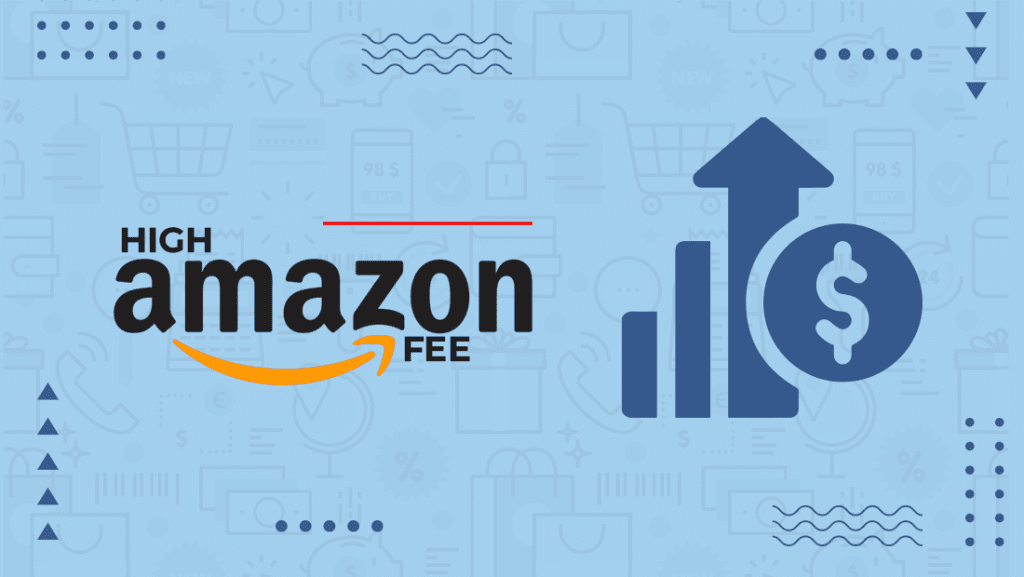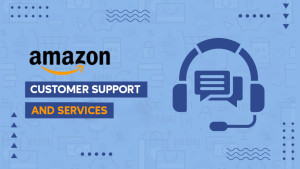Table Of Content
Introduction
Understand Amazon’s Fee Structure:
Optimize Your Product Listings:
Strategic Pricing:
Utilize FBA Smartly:
Take Advantage of Amazon Programs:
Monitor and Manage Inventory:
Negotiate with Suppliers:
Diversify Your Sales Channels:
Conclusion:
Introduction
High Amazon fees can pose a significant challenge for sellers, but with strategic planning and informed decisions, it’s possible to navigate and minimize these costs effectively. In the vast and bustling marketplace of e-commerce, Amazon stands tall as a titan, connecting buyers and sellers from around the world. However, for sellers looking to maximize profits, the towering structure of Amazon’s fees can often feel like a daunting challenge. Fear not, though, as there are strategic ways to minimize these fees and optimize your revenue. In this blog post, we’ll explore key tactics to help you navigate the jungle of Amazon fees and emerge with a healthier bottom line.
Understand Amazon’s Fee Structure:
Before you can effectively minimize fees, it’s crucial to understand the fee structure. Amazon charges fees for various services, including referral fees, fulfillment fees, and subscription fees. Familiarize yourself with these fees to identify areas where you can make strategic decisions.
Optimize Your Product Listings:
One effective way to minimize fees is to optimize your product listings. Accurate and detailed product information reduces the likelihood of returns and claims, helping you avoid additional fees. Ensure that your product titles, descriptions, and images are clear, compelling, and accurately represent your items.
Strategic Pricing:
Pricing plays a pivotal role in your Amazon fees. Consider the competitive landscape and analyze your costs to set competitive yet profitable prices. Experiment with pricing strategies, such as bundling or tiered pricing, to find the sweet spot that maximizes sales while minimizing fees.
Utilize FBA Smartly:
Fulfillment by Amazon (FBA) can be a game-changer for many sellers, providing a hassle-free way to handle shipping and customer service. However, it comes with its own set of fees. Evaluate your products and choose the most cost-effective fulfillment method—whether it’s FBA or fulfilling orders yourself. For slow-moving or low-margin items, self-fulfillment may be more economical.
Take Advantage of Amazon Programs:
Amazon offers various programs that can help sellers reduce fees. For example, the Amazon Brand Registry allows brand owners to protect their products and access additional tools. The Amazon Subscribe & Save program can provide recurring revenue while potentially lowering fees. Explore these programs to determine which ones align with your business goals.
Monitor and Manage Inventory:
Long-term storage fees can quickly add up, so it’s essential to monitor and manage your inventory effectively. Regularly review your stock levels and adjust your shipments accordingly. Consider using Amazon’s FBA calculator to estimate fees and make informed decisions about your inventory strategy.
Negotiate with Suppliers:
Reducing your product costs can have a direct impact on your profitability. Engage in negotiations with your suppliers to secure better terms, bulk discounts, or more favorable payment terms. A lower cost of goods sold (COGS) can provide some cushion against Amazon’s fees.
Diversify Your Sales Channels:
While Amazon is a powerhouse, diversifying your sales channels can help mitigate the impact of fees. Explore other e-commerce platforms, build your own website, or leverage social media to reach a broader audience. This not only reduces your dependence on Amazon but also allows you to establish your brand identity.
Conclusion:
Minimizing Amazon fees requires a strategic approach that involves understanding the fee structure, optimizing your listings, and making informed decisions about fulfillment and pricing. By implementing these tactics, sellers can navigate the complexities of Amazon’s fee jungle and emerge with a more profitable and sustainable business. Remember, continuous monitoring, adaptation, and creativity are key to staying ahead in the ever-evolving world of e-commerce.





